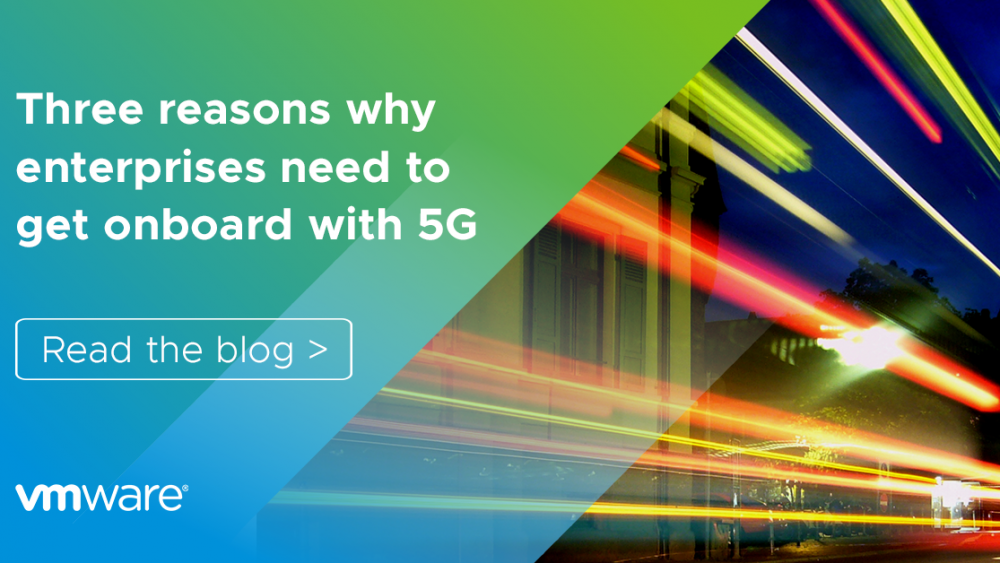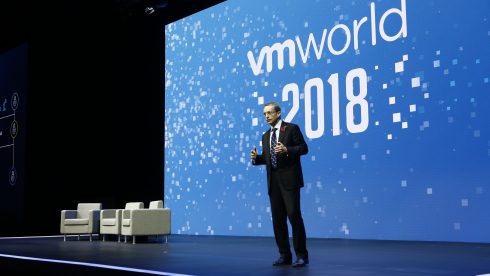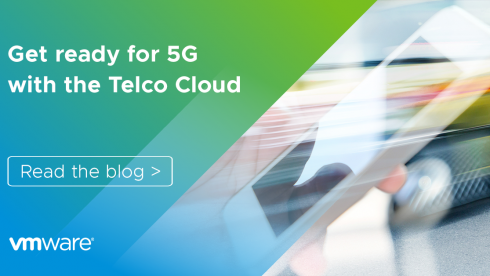DISCLAIMER: this article is older than one year and may not be up to date with recent events or newly available information.
by Jean-Pierre Brulard, Senior Vice President and General Manager, Europe, Middle East and Africa (EMEA).
In my last post, I talked about the 5G opportunity for communication service providers (CSPs) and how the telco cloud could help them prepare for 5G while delivering 4G services today – much like Vodafone.
This time I want to look at why enterprises should be thinking about what 5G can do for them.
To think of 5G as only a telecoms opportunity is to miss the point. Any organisation in any sector that uses networks (basically, everyone) should be planning for the 5G rollout.
Retail, logistics, in a city, out in the country, working for governments or private enterprises – it makes no difference. 5G promises huge opportunities to deliver new services and applications, aiding organisations to engage with end users in ways never previously imagined.
But what makes 5G so special, and why should enterprises educate themselves on what might seem like telecoms focused benefits?
The three wins of 5G
Put simply, 5G delivers three big wins: speed, low latency and high density.
What does any of that mean?
Speed is clear – everything you do on a 5G connection is fast. The example most often used is being able to download a high definition film in ten seconds, compared to a best time of around twenty minutes currently (depending on local broadband services).
Latency is the time required for data to travel between two points. It’s the delay between telling an app or service to do something, and said app actioning the instruction. With 5G, that drops to less than a millisecond, opening up whole possibilities with the likes of remote surgery, something demonstrated on stage at MWC Barcelona.
Density means how many devices can be connected to a network in a given area. There are more than 23 billion connected devices in the world right now, and that’s only getting bigger. As people and devices become increasingly connected, connection densities increase beyond 4G capabilities; we need networks that can cater for significantly more devices than ever before.
In each of these instances, 5G has the potential to dramatically improve on the performance of existing 4G networks. This can then be used to deliver new services and applications, exactly the level of connectivity the digital world requires.
It could be remote surgery, where a surgeon uses a high performance, high reliability 5G network to perform critical surgery via robotics on a patient in a clinic elsewhere. Or it might be retail. Augmented and virtual reality has long been touted as a way to arrest some of the challenges the sector faces – with 5G’s low latency, they can become mainstream offerings, rather than niche innovations, by easily allowing customers to view purchases in local environments or on themselves.
It could even be delivery by drone. With high density, networks can support huge numbers of aerial vehicles while allowing remote operators to coordinate movements and avoid collisions along the way. The knock-on benefits would mean less congestion, particularly in urban areas, as well as reaching far-flung locations previously lacking the infrastructure to support all deliveries.
As I noted in my last article, to deliver all this is going to require a significant amount of investment in network infrastructure. For CSPs, it is a major undertaking, which is why it is likely that rather than a pure 5G network, the majority of people will see a blended approach, where 4G is available to deliver basic services, and 5G introduced for specific tasks. It is therefore critical to have what’s known as the telco cloud. This is software-defined technology that supports both current 4G and lays the ground work for 5G, something much prized by operators like Vodafone.
“The ability to be flexible and agile as we continue to automate our network operations and management could only be achieved through a software-defined infrastructure,” said Johan Wibergh, the group’s chief technology officer. “We have been pleased with the accelerated time-to-market and associated economic benefits of our transition to NFV and, increasingly, a telco cloud infrastructure. We’ve teamed up with VMware based not only on its technology leadership and innovation, but the ability to get operational deployments up and running within our requirements.”
A world of possibility
We haven’t even begun to realise what the possibilities of 5G are yet. So much needs to happen before we see full adoption, yet enterprises must start thinking now about how they can harness the power of these new networks for their own competitiveness.
With 5G, enterprises can access the levels and speeds of connectivity they need to take advantage of the game changing technologies such as IoT, edge computing and AI that are going to shape the next stage of the digital revolution. Combined with this software-defined infrastructure, more in tune with its specifications and aspirations, 5G has the power to transform the operations and business models of established organisations beyond all recognition.
Category: News & Highlights
Tags: 4G, 5G, Communication service providers, CSPs, software-defined infrastructure, Telco Cloud, Vodafone





No comments yet